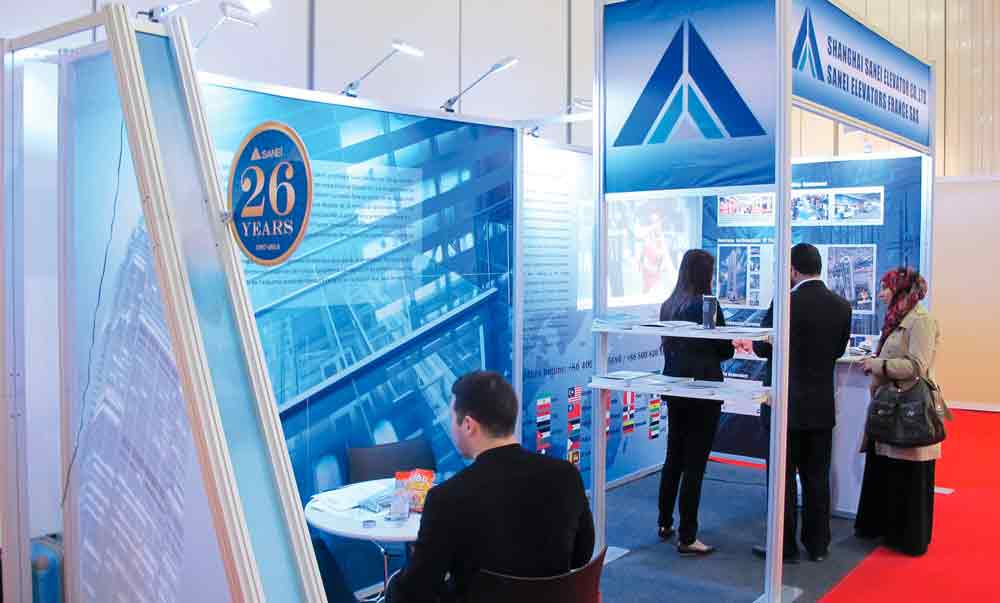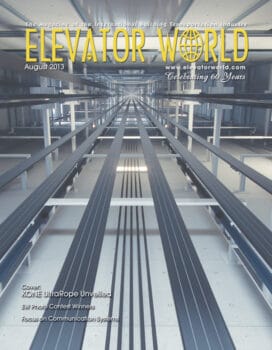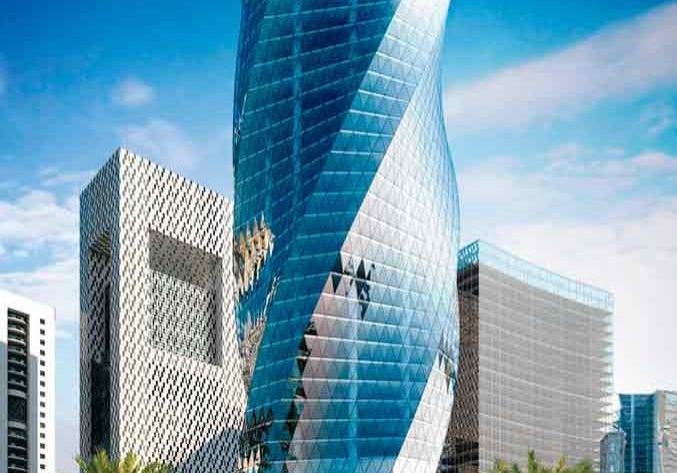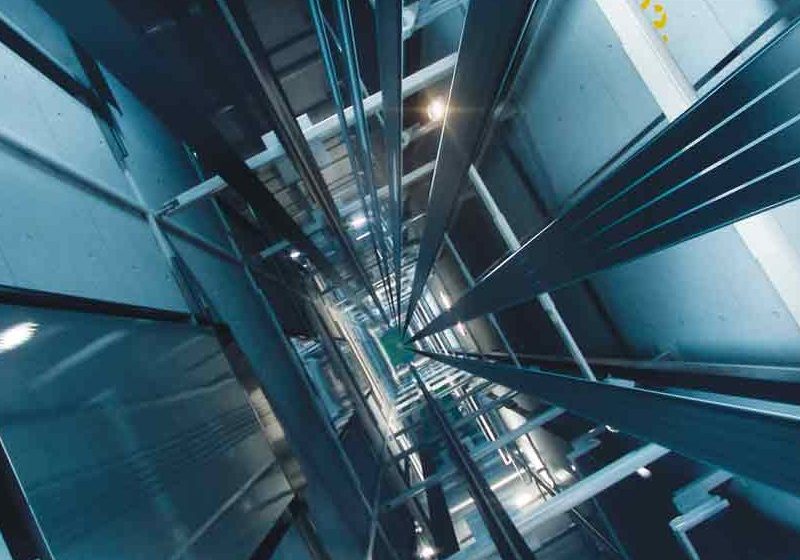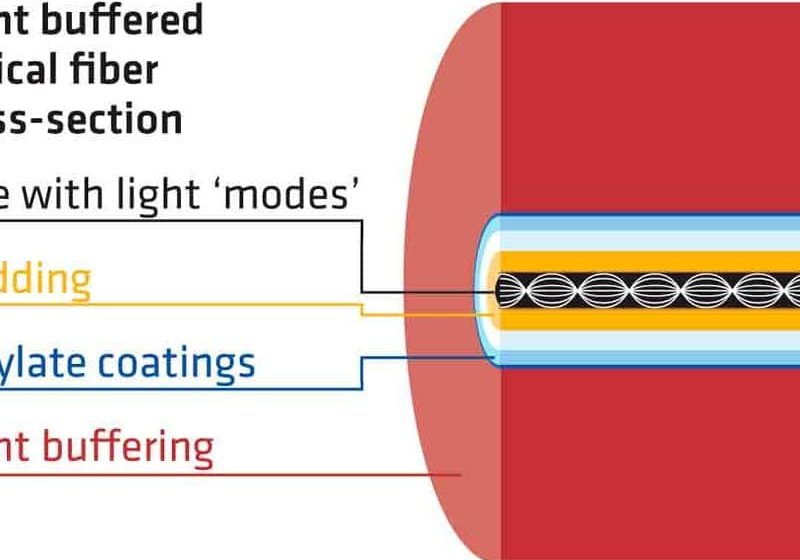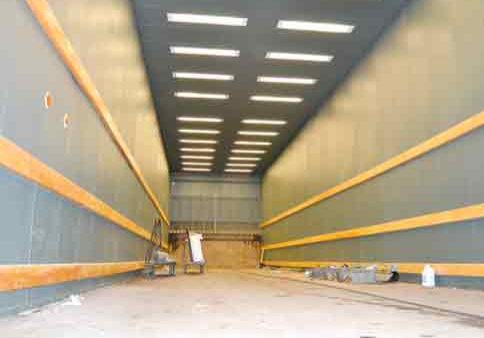Strong turnout highlighted the two-day event that combined several seminars and 85 stands.
A good number of lift professionals attended the LIFTEX 2013 exhibition and seminar held at the ExCeL Exhibition Centre in London on May 22-23. The number of visitors increased 26% compared to the previous exhibition in 2010, which suggests interest in the event is alive and it has value. Attended by a strong group of independent lift manufacturers, suppliers, installation companies and related organizations, LIFTEX also included two seminar sessions. Nick Mellor, technical director of the Lift and Escalator Industry Association (LEIA), expressed his excitement regarding the number of professionals attending the informative sessions, for both of which it was standing room only.
In total, there were 85 stands and more than 200 attending companies, all of which varied in size and complexity. The display of company heritages and anniversaries was also a very noticeable key element visitors could find in many of the stands. This reinforced a sense of security and stability which customers find important during challenging trading times.
Foreign European lift manufacturers have traditionally entered the U.K. market. Many have used agents, and some have looked for partnerships, but whichever business route is chosen, it is crucial to support the clients on the ground. Kleemann is an example of this, having opened facilities in the U.K. to support its products and customers. The company’s new training and support facility is located outside Oxford, U.K., and it was clear visitors were interested in hearing more about the facility and the company’s new software-design tool.
The Sematic Group, SLS and the Wittur Group also displayed a variety of products and had key personnel available to discuss technical issues. Newer companies, such as Borel Lift, a company based in Croatia that offers
bespoke lift solutions, also participated.
Safeline of Sweden partnered with David O’Brien to form Safeline Elevator Parts UK Ltd. and used an attention-capturing soccer theme, which gave booth visitors a chance to acquire a soccer ball signed by a professional player. More than 2,500 soccer balls were signed, which gives a good idea as to the number of LIFTEX attendees. Also on display was Safeline’s auto-dialer units and other products.
LIFTEX has always included lift installation and service companies as part of its exhibition, and many companies have shown intriguing ways of utilizing their stands. This year, exhibits included a show ground displayed by Shorts, a building project with blocks and large circuit boards from International Lift Equipment, a table made from escalator steps by Jackson Lift, a counter made from a controller by Lester Controls and a scaled model of a goods lift by DeSeM Lifts. However, one of the most unexpected displays was that of APEX Lift Co., which featured the Queen of England in character who gave endorsements and opened the stand, which highlighted important events with images. Lesley Hughes of APEX said the display theme was inspired by music, events, media stories and Apex Lifts’ successes since the last exhibition in May 2010 (ELEVATOR WORLD, July 2010).
Similar to earlier U.K. exhibitions, associations and official bodies have always been an important part of the gathering. Among those at this event were SAFed, Health and Safety Executive (HSE), British Standards Institute and UKANB (Association of Notified Bodies Lift Certification Ltd.). In addition, many international trade associations were present and provided information, and key officers and experts were on hand. The University of Northampton also exhibited to increase awareness of its Lift Engineering courses and symposium, which will take place on September 26-27 in Northampton, U.K.
The seminars consisted of two sessions, covering two main topics — “Regulations and Standards” on the first day and “Maintenance” on the second. Ian Jones, Robert Cooper and Matt Ryan delivered the first presentations, which were chaired by Mellor, who led a question-and-answer session afterward. The second day was chaired by Ish Buckingham with David Cooper, David Warr and Mellor delivering the key presentations. Mellor underlined that the seminar sessions were intended to provide visitors with access to quality presentations on topical issues.
Robert Cooper of HSE provided an update on the executive’s activities, an overview of current issues related to lifting platforms, and the role of standards and codes of practice for benchmarking safe working. He also underlined HSE’s surveillance activities affecting the lift industry, including a major project that could begin in the near future, which would see HSE inspectors visiting lift sites and companies. HSE’s stand was well attended, and it was clear visitors were taking the opportunity to learn more about its industry activities.
Ryan from the London Fire Brigade spoke about the use and maintenance of firefighting lifts and the significant changes in standards and regulations in recent years. Ryan provided a view of the regulatory framework for maintaining and testing lifts used in the event of fire. The key point was the new fire-safety regulations, which require the equipment used during a fire (such as lifts for firefighters, evacuation lifts and lifts with fire recall) is maintained. The regulations apply to almost all non-domestic buildings. The presentation underlined the modernization of lifts intended to be used in the event of a fire and the need for improvement in this area.
Jones, convenor of Comité Européen Normalisation Technical Committee 10/Working Group 1, gave a preview of the key changes in the new lift-safety standards EN 81-20 and EN 81-50, due for publication in 2014. Jones outlined the main changes, which will have an impact on the specification, building interface and design of new lifts. With the final draft documents to be available later this year, it was clear there will be demand from industry professionals who will need to start working with these documents to make changes in time for the withdrawal of the existing standards.
On the second day of the seminar, Buckingham pointed out key issues before introducing the presentations. David Cooper of LECS (UK) Ltd., known for his work with the Chartered Institution of Building Services Engineers Lifts Group and the training he does with the Lift Academy, gave a consultant’s perspective regarding maintenance. He also shared his thoughts on how training and safety in the maintenance sector could be improved.
David Warr of Titan Elevators and current president of LEIA, provided a contractor’s insight on delivering maintenance and shared his views on how clients can get better service from contractors by aligning their interests closer. Warr also discussed the pricing of lift servicing and maintenance, and asked delegates if they had ideas on how to make the services more affordable.
For the last session, Mellor launched LEIA’s new Code of Practice for Maintenance and presented an overview of its philosophy and key items. The new Code of Practice for Maintenance and LEIA-supported standards, service levels and training within the industry are additional milestones in this work. In answering questions, Mellor expanded on his plans to build a consensus among maintenance companies and consultants, and owner and facility-manager groups.
In closing, many agreed the exhibition and seminar were successful, despite the busy schedule. In addition, Terry Potter, chief executive of LEIA, expressed his gratitude to the exhibitors for the quality of the stands, innovation in products and services offered and commitment to LIFTEX. Mellor, the event’s director, added he was delighted with the increase in exhibitors and visitors at this exhibition. He gave thanks to all the exhibitors, visitors and seminar speakers who made LIFTEX 2013 a success.
Get more of Elevator World. Sign up for our free e-newsletter.
